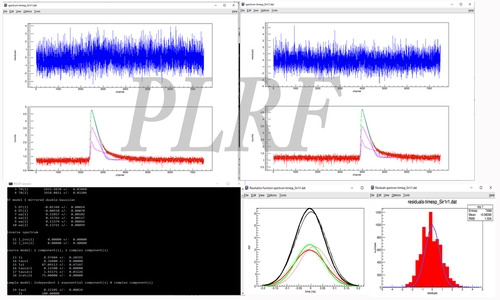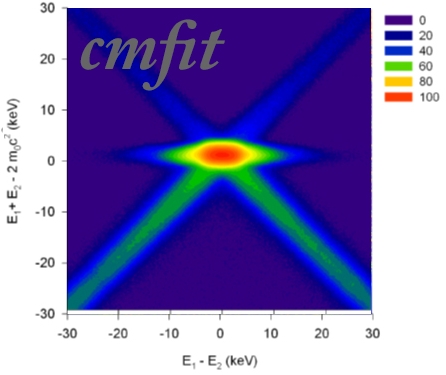
Positron Annihilation Group, Charles University in Prague
DLTP MFF UK
V Holešovičkách 2, 180 00 Praha 8
Tel.: +420 221 912 788, Fax.: +420 221 912 567,Jakub.Cizek@mff.cuni.cz CZ

New:
PLRF 19 code for fitting of positron lifetime - binaries are available for download.Software for positron annihilation
This page contains software for positron annihilation spectroscopy developed in the Positron annihilation group at The Charles University in PraguePLRF code for fitting of positron lifetime spectra

Main features:
- Description of the PLRF code can be found in the paper
J. Čížek, Acta Physica Polonica A, 137, 177-187 (2020) . - Multiple positron lifetime spectra can be fitted simultaneously.
- Positronium (Ps) contribution is considered as a double exponential component consisting of short lived para-positronium (p-Ps) and long lived ortho-positronium (o-Ps) component. Ratio of o-Ps and p-Ps contribution can be constrained.
- Several models were implemented into the PLRF code:
- independent exponential components
- simple trapping model
- diffusion trapping model.
- download
cmfit code for Digital Doppler broadening spectroscopy

Main features:
- analysis of waveforms from HPGe detectors sampled by digitizers.
- energy calibration
- elimination of distorted waveforms using digital filters
- construction of 1D and 2D energy spectra